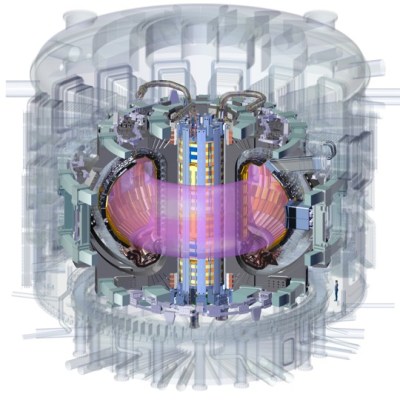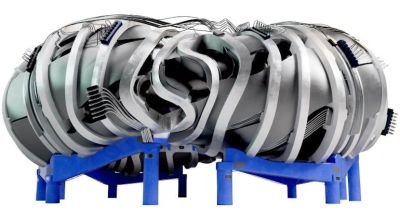Although nuclear fusion is exceedingly easy to achieve, as evidenced by desktop fusors, the real challenges begin to pop up whenever you try to sustain a plasma for extended periods of time, never mind trying to generate net energy output. Plasma instability was the reason why 1950s UK saw its nuclear fusion hopes dashed when Z-pinch fusion reactors failed to create a stable plasma, but now it seems that another UK fusion reactor is one step closer to addressing plasma instability, with the MAST Upgrade tokamak demonstrating the suppressing of ELMs.
ELMs, or edge localized modes, are instabilities that occur at the edge of the plasma. A type of magnetohydrodynamic instability, ELMs were first encountered after the switch to high-confinement mode (H-mode) to address instability issues encountered in the L-mode operating regime of previous tokamaks. These ELMs cause damage on the inside of the reactor vessel with these disturbances ablating the plasma-facing material.
One of the solutions proposed for ELMs are resonant magnetic perturbations (RMPs) using externally applied magnetic fields, with the South-Korean KSTAR tokamak already suppressing Type I ELMs using this method in 2011. Where the KSTAR and MAST Upgrade tokamaks differ is that the latter is a spherical tokamak, different from the more typical toroidal tokamak. As the name suggests, a spherical tokamak creates a sphere-like plasma rather than a doughnut-shape, with potential efficiency improvements.
All of this means that the MAST Upgrade tokamak can continue its testing campaign, as tokamaks around the globe keep trying to hit targets like the Greenwald Density Limit and other obstacles that stand in the way of sustained net energy production. Meanwhile stellarators seem to be surpassing one milestone after another, with the German Wendelstein 7-X being the current flagship project.
Top image: Inside MAST Upgrade, showing the magnetic field coils used to control ELMs. Credit: United Kingdom Atomic Energy Authority




















